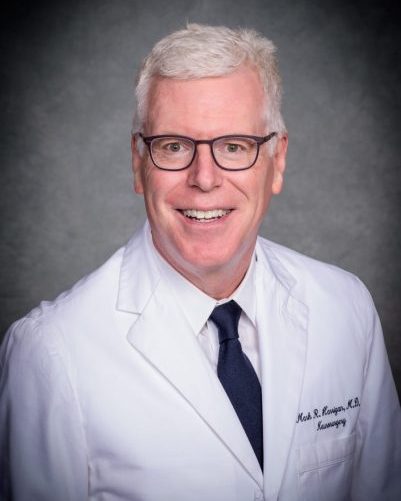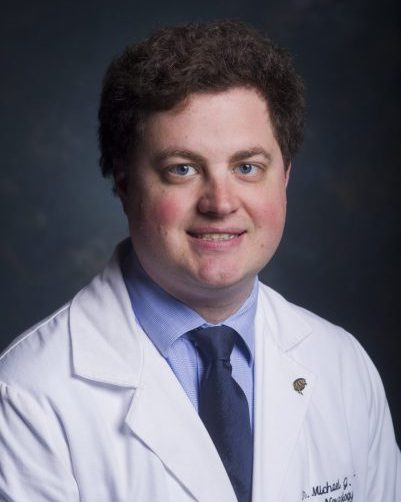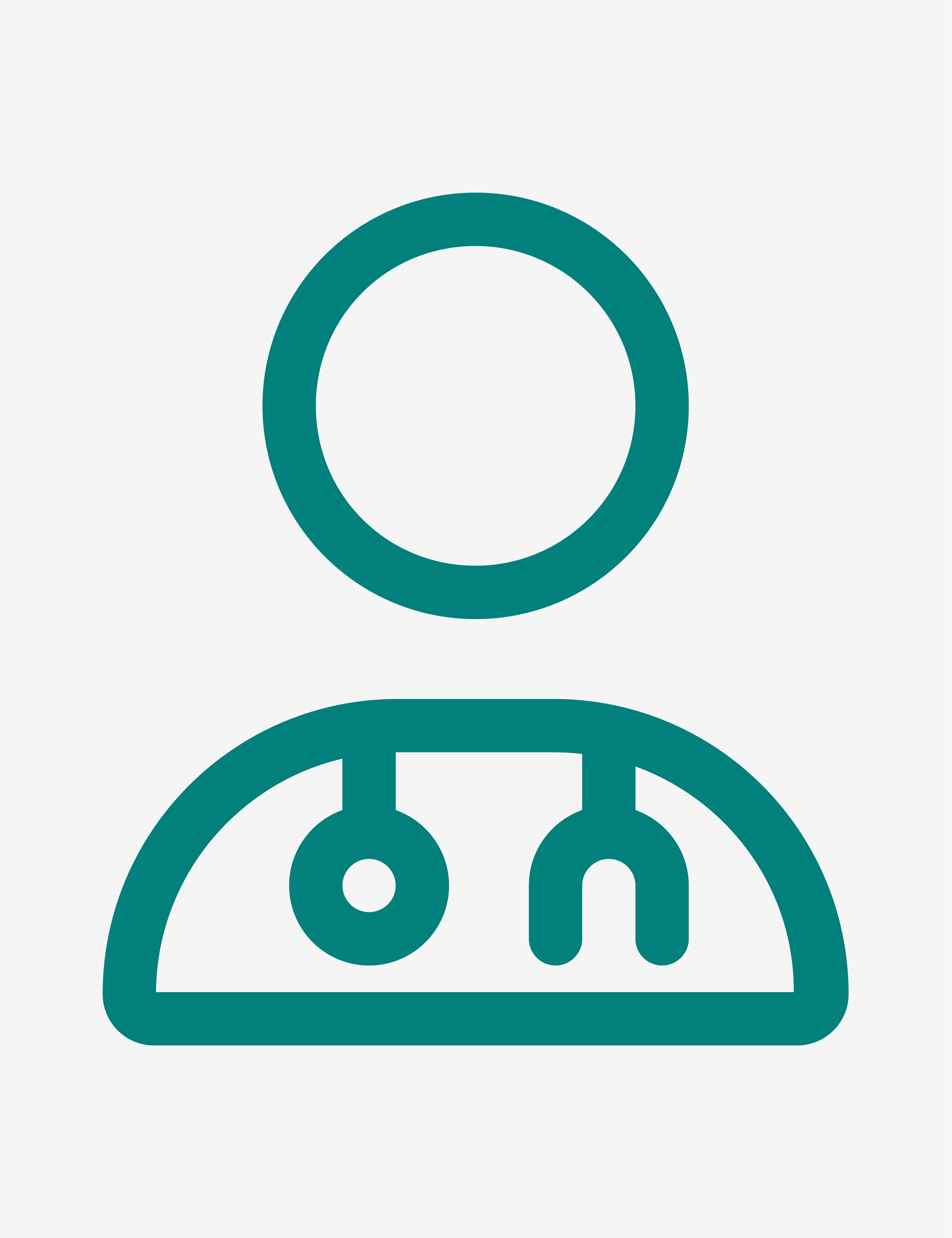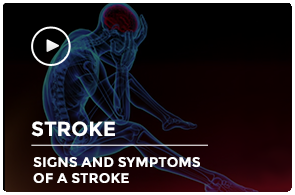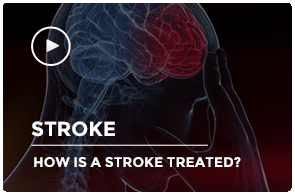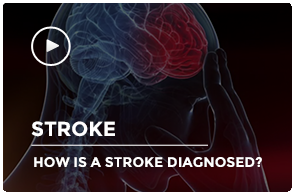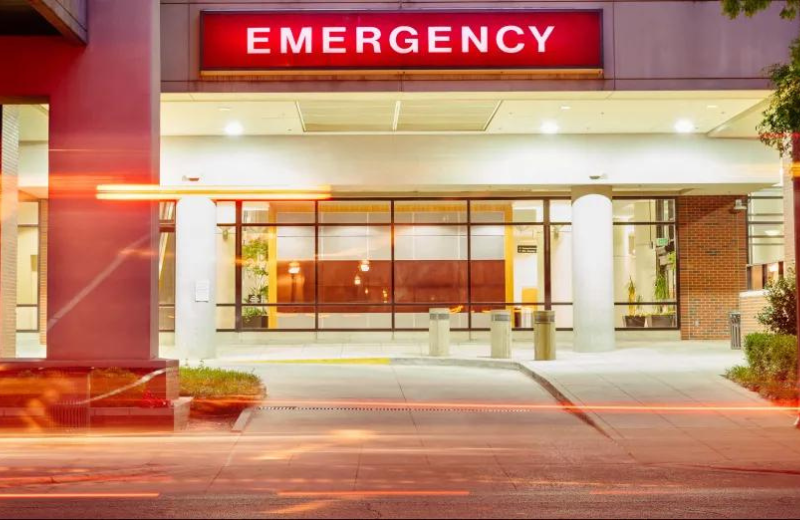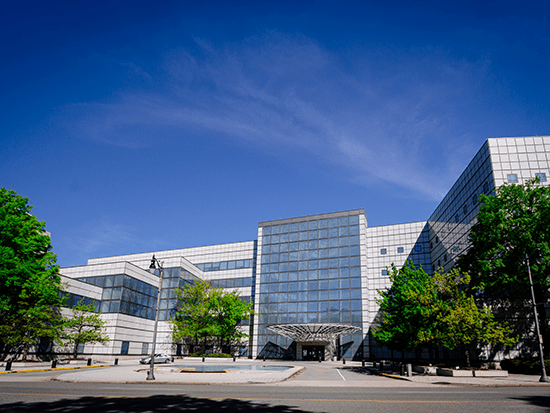A brain aneurysm, also known as a cerebral aneurysm, occurs in a weakened area on the wall of an artery that carries blood to the brain. Over time, blood flow through the artery causes wear and tear, and the weakened wall can swell outward, forming a bulging, balloon-like spot. The most common location for a brain aneurysm is at the base of the brain. In most cases, a brain aneurysm causes no symptoms and goes unnoticed. However, pressure can cause the aneurysm to leak or rupture, known as a subarachnoid hemorrhage, allowing blood to enter the space around the brain. A ruptured aneurysm can cause stroke, brain damage, or death and usually requires immediate medical treatment.
UAB was the first hospital in Alabama to be certified as a Comprehensive Stroke Center by the American Heart Association/American Stroke Association and The Joint Commission, a nonprofit national health care accreditation agency. This elite designation recognizes hospitals that maintain the staff, training, and technology to treat patients with the most complex strokes, at any time of day or night. We handle more than 1,800 stroke cases annually, the most serious of them within our dedicated Neurointensive Care Unit and Stroke Unit. U.S. News & World Report consistently ranks UAB Neurology and Neurosurgery among the top programs of their kind in the nation.
Stroke care at UAB is delivered by a large team of expert stroke physicians who are on duty 24/7. UAB has more board-certified vascular neurologists, neurointensivists, endovascular neurosurgeons, and vascular neurosurgeons than any other hospital in Alabama, along with 350 nurses with stroke-specific training. Our 36-bed Neurosciences Intensive Care Unit is among the largest in the United States. Because UAB is a major center for stroke research, patients may be eligible to participate in clinical studies of promising new treatments for stroke, so they could receive therapies not available at most other medical centers.
When a stroke patient arrives at the UAB Hospital Emergency Department, a “Code Stroke” is activated, triggering a rapid response team that evaluates the patient to ensure that the most appropriate care is provided in the shortest time possible. Our range of advanced treatments includes acute therapies such as the clot-busting medication Alteplase (tPA), along with catheter-based procedures such as thrombectomy, aspiration, and stenting. The extensive resources and technologies of our neurovascular stroke service are not available at other hospitals in the area.
After admission and initial management, stroke patients are further evaluated in our dedicated Stroke Unit, which is staffed by nurses, physicians, and rehabilitation therapists who specialize in stroke. Every patient undergoes a thorough, individualized diagnostic workup with advanced imaging technologies to determine the underlying cause of the stroke.
When it’s time to begin the recovery process, UAB Spain Rehabilitation Center provides comprehensive rehabilitation programs that are customized to each patient. UAB created a Stroke Recovery Clinic (SRC) to help stroke survivors recover more effectively, with fewer long-term effects. One of only a few clinics of its type in the country, the SRC combines speech, occupational, and physical therapy with neuropsychology care and social work services.
UAB strives to provide the highest quality evidence-based stroke care to our community. The information listed in this report provides data on key performance measures that reflect our commitment to excellent care.
Care Providers
Videos
Resources
Related Specialties
Clinical Trials
Speak to your physician about your options and browse the link below for more information
Latest News
View All News-
UAB Hospital continues to be the best hospital in Alabama, Birmingham metro, according to U.S. News & World Report
July 16, 2024
-
Erasing “bad memories” to improve long term Parkinson’s disease treatment
July 8, 2024
-
UAB receives $21.4 million from NIH to expand Alzheimer’s Disease Research Center
June 17, 2024
-
Encouraging Phase 1 data for glioblastoma treatment reported by UAB researchers at ASCO
June 5, 2024
-
UAB opens Brain Aging and Memory Hub to address cognitive brain health and memory disorders in Alabama
April 24, 2024

